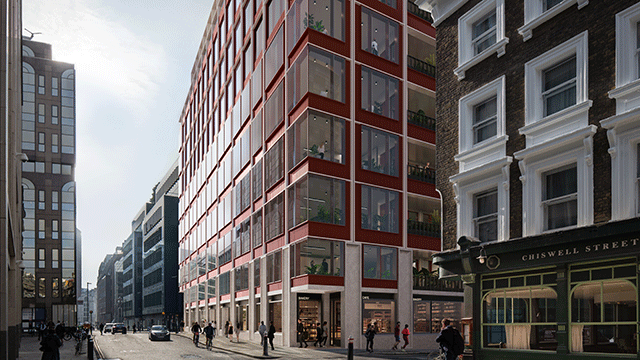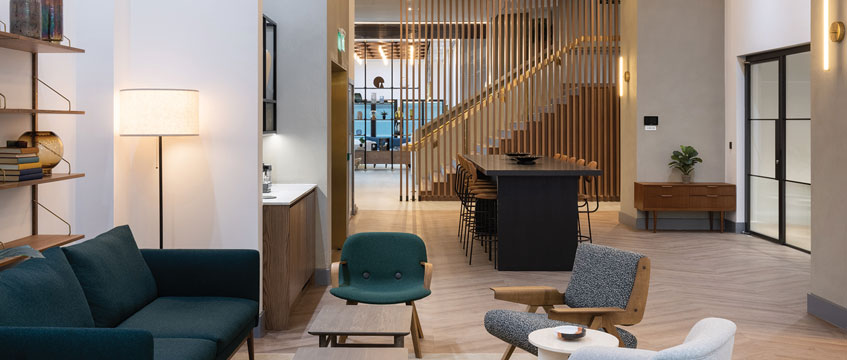Second respondent seeking lawful development certificate to reconvert premises into single dwellinghouse – Applicant planning authority refusing – Inspector allowing appeal and granting certificate – Whether inspector erring in his approach to material change of use – Application allowed
Richmond Churches Housing Trust (the second respondent) applied to the local planning authority (the applicants) for a lawful development certificate in respect of premises at 10 Denbigh Gardens. The premises consisted of seven self-contained, one-bedroom flats and studio units, which the second respondent sought to convert into a single family dwellinghouse. The applicants refused a certificate on the ground that the proposal constituted a development that required planning permission. The second respondent appealed, contending that the proposed change would not, as a matter of fact and degree, amount to a material change of use, but that, even if it did, no development would occur because of the effect of the Town and Country Planning (Use Classes) Order 1987.
In his report, the inspector described the council’s concern about the loss of small units of accommodation as “more a question of planning merit than law”. He concluded that no material change of use would result from the proposal and that, in any event, no development would occur because of the combined effect of section 55(2)(f) of the Town and Country Planning Act 1990 and Article 3 of the Use Classes Order.
The applicants sought to quash that decision pursuant to section 288 of the 1990 Act. Two issues arose: (i) whether the inspector correctly approached the question of the change being a “material change of use” constituting development for the purposes of section 55(1) of the 1990 Act; and (ii) whether the inspector was correct in his approach towards the use class provisions. The applicants contended that the extent to which a particular use fulfilled a planning purpose was relevant when deciding whether or not a change of use was a material one.
The respondent submitted that the inspector’s duty was to examine the character of the use before and after the conversion and that he was correct to exclude the loss of residential accommodation from his consideration of whether there was a material change of use. It further contended that it was clear from the inspector’s findings of fact that each unit was a dwellinghouse falling within Class C3 of the order. Accordingly, where units within Class C3 were amalgamated and the new use remained the same, the order exempted the change from being characterised as development.
Held: The application was allowed.
Applying Panayi v Secretary of State for the Environment (1985) 50 P&CR 109, if the change of use gave rise to a planning consideration, which, in the instant case, was the loss of residential accommodation, it was a relevant factor for the inspector to take into account when considering whether or not a change was a “material change of use”. The inspector erred in disregarding the effects of the loss of the seven residential units and his approach was wrong in law. Unless one could say that the use of the premises before the change fell within Class C3, the Use Classes Order did not operate. On the facts of the present case, Class C3 did not apply.
Richard Drabble QC (instructed by the solicitor to Richmond London Borough Council) appeared for the applicants; John Litton (instructed by the Treasury Solicitor) appeared for the first respondent; the second respondent did not appear and was not represented.
Sarah Addenbrooke, barrister






